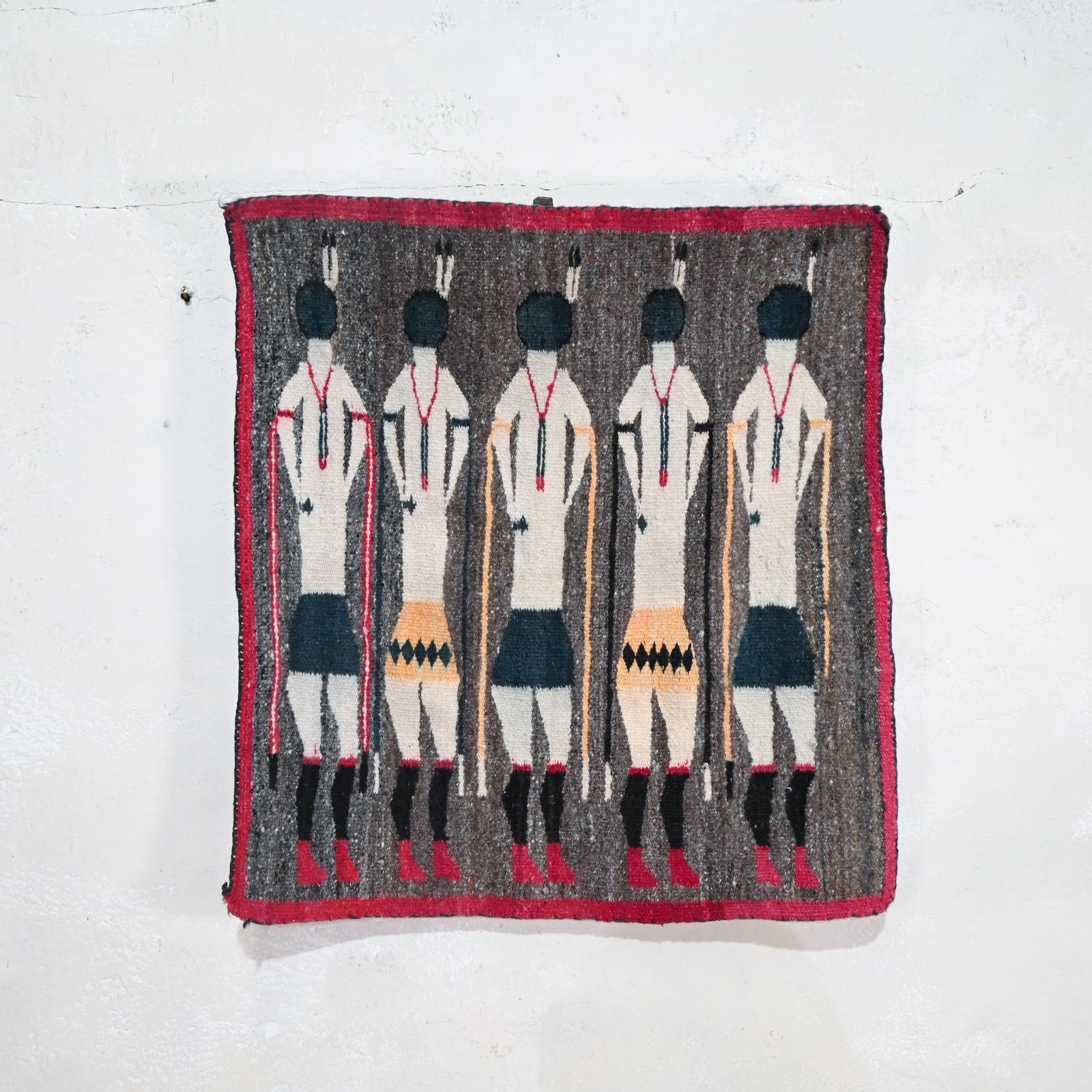Directory and moreAll AntiquesFurnitureSilverArtJewellerySalvageClocksMirrorsChairsGlassCeramicsDirectory and moreBedsBookcasesCabinetsChairsChest of DrawersCupboardsDesksDressersDressing TablesSideboardsStoolsTablesWardrobesBasketsBowlsBoxesCandlesticksCard HoldersCoastersCoffee PotsCondimentsCutleryDecanter LabelsDishesSpoonsVasesCityscape ArtContemporary ArtDrawingsEaselsLandscape ArtMarinescape ArtMiniaturesOil PaintingsPastelPortraitsSeascape ArtStill LifeWatercoloursAntique Bracelets & BanglesBroochesCufflinksDiamond RingsEarringsEngagement & Wedding RingsJewellery BoxesLocketsNecklacesPendantsRingsSets - Demi ParureSolitaire RingsBathsChimneysColumnsDoor Handles / Door Stops / Door KnockersDoorsFireplacesFlooringIndustrial antiquesLocks / KeysReclaimed & Industrial LightingReclamationWindowsBracket ClocksCarriage ClocksClock SetsCuckoo ClocksDial ClocksFusee ClocksGrandfather ClocksLongcase ClocksMantel ClocksPocket WatchesSkeleton ClocksWall ClocksWatchesConvex MirrorsDressing MirrorsDressing Table MirrorsFrench MirrorsGilt MirrorsLarge MirrorsOval MirrorsOvermantle MirrorsPier MirrorsSwing MirrorsToilet MirrorsVictorian MirrorsWall MirrorsArmchairsClub ChairsCorner ChairsCountry ChairsDesk ChairsDining ChairsHall ChairsKitchen ChairsLibrary ChairsOffice ChairsPair of ChairsRocking ChairsWing ChairsAntique Drinking GlassesChampagne GlassesDecantersEpergnesGlass BowlsGlass CruetGlass DishesGlass InkwellGlass JugsGlass SculpturesGlass VasesScent BottlesTantalusAnimal FigurinesBlue and WhiteBowlsChargersChinaCoffee Pots & SetsDinner ServiceDishesFigurinesJugsTea Pots and SetsVases (Ceramic)Business DirectoryLoveAntiques DealersHome & LivingBlogMaterialsPeriodsArtisansOriginsGifts For HimGifts For Her

Pappilon

Pappilon is a mother, daughter collaboration of ideas spanning 'some' decades of new and old. Both having a fascination with interiors and art we like to think we have a unique style and taste where we select individual pieces for their own stand-alone worth and value and like family, it is a growing family of unique antique pieces that makes us love what we do.
The philosophy we both share is 'Things of quality have no fear of time'. Antiques which have withstood the test of time relate to a quality found in craftsmanship most often lost in today's modern age. This doesn't simply mean we stick with the old but the ethos of what we stand for is that even antiques for the future should have a consideration to its longevity and quality as well as its style.
At Pappilon we pride ourselves on seeking out items for the home by selecting unique pieces of furniture and furnishings not simply as a ready-made style but where each individual item has something to say for itself, much like the individuals who buy from us.
LoveAntiques Dealersince May 2018Approved item269 sales by dealer
A Yei Navajo Figural Double-sided Flat Woven Wall Hanging - 1930 Round Heads
REF: LA388071
£780
€894
$1,053
Secure Payments By
LoveAntiques Dealersince May 2018Approved item269 sales by dealer
Description
A Yei Navajo Figural Double-sided flat woven wall hanging - circa 1930. Displaying five standing figures on an deep speckled grey ground, framed by a red border.
The Yei iconography is related to Navajo religious sandpaintings. Navajo religion has a reverence for nature and is based on maintaining a balance in the universe. It was believed that there was a sense of harmony needed to maintain a healthy life. Should an individual do something to upset this balance, then it was believed that an illness might befall them. Much like in the modern-day, a medicine man was hired to help regain this harmony. The remedy involved a combination of chanting, herbal medicines and a sandpainting ritual. Various coloured sands were sprinkled on the ground until they formed a specific Yei (holy person), based on the god he was trying to summon. When the sandpainting was completed, it was sanctified by spreading corn pollen over it.
Once the sacred sandpainting had served its purpose, it was erased. To save it or reproduce its imagery was dangerous and could bring serious grief to anyone who retained the image.
During the 1890s, the Navajos phased out blanket weaving in favour of rugs. There was strong demand from the vast migration of settlers, building homes by the thousands, who needed something to cover their floors. The first Navajo rug depicting holy people appeared during the 1890's. Allegedly, savvy Anglo traders encouraged weavers to incorporate Yei figures into their designs. Tempted by high prices offered for rugs with Yei imagery, a few brave individuals risked the wrath of the gods. When they completed their task and had nothing bad happen to them, the rush to produce Yeis was on.
Though the weaves were often commissioned to cover floors, many were never used for this purpose and were instead used to hang on walls, or as blankets.
To this day, modern machine woven rugs are seen mass-produced in Mexico. This remarkable example, along with other handwoven examples date from between 1900's-1930's and display charming idiosyncrasies, where the emotions of the weaver are very present in the overall design.
measurements
Height:
73 cm
Width:
67 cm
declaration
Pappilon has clarified that the A Yei Navajo Figural Double-sided Flat Woven Wall Hanging - 1930 Round Heads (LA388071) is genuinely of the period declared with the date/period of manufacture being 1930
additional info
Category:
Material:
-
Origin:
-
Date of Manufacture:
1930
location
This A Yei Navajo Figural Double-sided Flat Woven Wall Hanging - 1930 Round Heads is located in Hampshire, United Kingdom
Share:
A selection of items from Pappilon
Pappilon has 85 items available.£ 470
€538
$635
£ 4,800
€5,499
$6,481
£ 870
€997
$1,175
A Large Crystalline Cluster Geological Specimen - Calcite and Quartz Crystallise
£ 870
€997
$1175
Pappilon
£ 1,400
€1,604
$1,890
£ 3,500
€4,010
$4,726
£ 2,800
€3,208
$3,781











